Motoring news |
|
The display at this years London Concours on 19-20th August will bring together the fastest road car for each decade from 1940 to the present day. Read our show guide here 1940s XK120 1950s Mercedes Benz 300SL Gullwing 1960s Lamborghini Miura 1970s Lamborghini Countach 1980s Ferrari F40 1990s McLaren F1 2000s: Bugatti Veyron 2010s: Bugatti Chiron
1 Comment
Powered by a 300PS turbocharged 1.8-litre engine with a six-speed manual gearbox, all versions of the Mégane R.S. Trophy-R feature bespoke performance parts engineered in cooperation with key partners, including Akrapovič for the exhaust system, Brembo for the brakes, Bridgestone for the tyres, Öhlins for the shock absorbers and Sabelt for the lightweight bucket seats. With a reduced weight of 130kg over the standard R.S. 300 Trophy, the Trophy-R is identified by its unique mother-of-pearl paint finish and red highlights as well as carbon composite bonnet, carbon rear diffuser and Fuji Light 19’’ alloy wheels wrapped in Bridgestone Potenza S007 tyres developed specifically for Renault Sport. Inside is a stripped-out interior that features a pair of composite Sabelt one-piece seats, an Alcantara covered steering wheel and 7-inch R-LINK 2 infotainment complete with R.S. Monitor, which allows in-depth access to performance data and telemetry. The removal of the rear seats means the addition of a special luggage retention net that’s secured to the strengthening strut between the rear suspension towers. Under the skin is a totally bespoke suspension system featuring revised geometry and Ohlins adjustable dampers, bi-material front brakes and an Akrapovič titanium exhaust. The £63,140 Carbon Wheel pack vehicle adds four Carbon Revolution 19-inch wheels in addition to the standard Fuji Light rims. A world first in this sector, these special rims save an extra 2kg per wheel in unsprung mass. Secured in tailored storage bags and stored in a special cradle behind the front seats, these wheels have been designed to unlock even greater on track potential. For the ultimate Mégane R.S. Trophy-R experience, the £72,140 Nürburgring Record Pack version brings the car up to the same specification as that driven by Renault Sport test driver Laurent Hurgon on his record-breaking laps. In addition to the carbon wheels, customers also get a carbon ceramic front braking system - another first in this class. Featuring larger 390mm discs and gold finished Brembo calipers this set-up provides unrivalled stopping power. On top of this, there’s the dynamic air intake, which replaces the R.S. Vision 4 lighting in the lower bumper. Not only does this unit save 2kg in weight, it provides both better cooling and breathing for the engine. All versions of the Mégane R.S. Trophy-R can additionally be specified with several R.S. Performance upgrades, including a lightweight lithium-ion battery that saves 4.5kg, six-point harnesses for the Sabelt seats and an accessory ducting pipe for the dynamic air intake that feeds straight into the engine’s intake system. Ford press release Ford Reveals Special Edition Mustang55 5.0-litre V8 Anniversary Model and Revised Mustang 2.3-litre EcoBoost
COLOGNE, Germany, 25 July 2019 – Ford has announced the new Ford Mustang55 special edition model for customers in Europe, celebrating the 55th anniversary of the famous sports car. Based on the 450PS Ford Mustang 5.0-litre V8, the new Mustang55 Edition features unique exterior styling including distinctive bonnet and side-stripes, badging, and optional rear spoiler, alongside a high-specification interior.  In addition, the Ford Mustang 2.3-litre EcoBoost now delivers styling upgrades inspired by Mustang Shelby models, and features as standard Ford’s Active Valve Performance Exhaust that enables drivers to adjust the intensity of the Mustang’s exhaust note to suit their mood and driving scenario. New Mustang colours introduced across the range include Twister Orange, Grabber Lime, Iconic Silver and Lucid Red. Also FordPass Connect on-board modem technology turns Mustang into a mobile WiFi hotspot with connectivity for up to 10 devices. “Mustang is one of an exclusive group of vehicles to achieve more than half a century of continuous production, and customers’ appetites for the world’s best-selling sports car show no sign of waning,” said Roelant de Waard, Ford’s European Marketing, Sales and Service vice president. “Our new Mustang55 is the essence of Mustang, combining exciting performance, bold design, and comfort-enhancing technologies like our FordPass Connect on-board modem and B&O Sound System.” Mustang earlier this year celebrated 55 years since its introduction on April 17, 1964, and in 2018 was the world’s best-selling sports coupe for the fourth consecutive year. The new Ford Mustang55 5.0-litre V8 and Ford Mustang 2.3-litre EcoBoost are available to order from August. 55 years and counting The new Mustang55 special edition – available in fastback and convertible body styles – delivers a unique twist on the Ford Mustang’s sleek and athletic styling with black, dissolve-effect stripes for the low-profile bonnet and lower body sides, and a black painted roof for fastback models that complements the gloss-black 19-inch alloy wheels. Shadow Black Mustang55 models feature silver stripes, and convertibles models feature a black cloth roof. The upper and lower front grilles are finished in two-tone gloss black and Pillar Black with the upper grille incorporating a Pillar Black pony badge. Pillar Black 5.0 front wing badges also feature an exclusive Colorado Red execution for the decimal point. An optional Pillar Black raised boot-lid spoiler completes the bespoke exterior look. Mustang55 models equipped with Ford’s six-speed manual gearbox feature a unique moulded gear-shift knob, while 10-speed automatic models feature a unique alloy metal gear-shift knob. Standard comfort and convenience technologies include heated and cooled front seats, Ford’s sophisticated SYNC 3 connectivity system now with DAB+ radio, a premium 12-speaker B&O Sound System, and FordPass Connect on-board modem for enhanced connectivity and functions including Remote Start* for automatic models, Remote Door Lock Unlock and Vehicle Locator. Shelby-inspired style Ford Mustang Shelby models including the Mustang Shelby GT350 and GT500 models have delivered enhanced performance and unique styling for Mustang customers for more than 50 years, and now also inspire enhancements for the Mustang 2.3-litre EcoBoost fastback and convertible models. Door mirrors and a boot spoiler finished in Magnetic Grey, and unique dissolve-effect black bonnet stripes that hug the power bulge are among the charismatic additions, as is a Magnetic Grey California grille incorporating the classic tri-bar pony badge first seen on 1965 Mustang models. Machined-finish 19-inch alloy wheels further enhance the revised look. Now standard for the 2.3-litre EcoBoost, Active Valve Performance Exhaust technology includes an innovative Good Neighbour Mode that can be programmed to automatically limit the exhaust’s noise output at pre-programmed times of the day to avoid disturbing neighbours. The system automatically adapts alongside electronic stability control, throttle response, automatic gear-shift patterns and steering settings according to the selected Drive Mode: Normal, Sport, Track, Snow/Wet, Drag Strip and customisable My Mode. The world’s best-selling sports car Ford will also continue to produce special edition Mustang BULLITT models for customers in Europe for a second year. Powered by a 5.0-litre V8 engine enhanced to deliver 460PS and 529Nm of torque, Mustang Bullitt is offered in classic Dark Highland Green of Shadow Black. Unique features include 19-inch Torq Thrust-style wheels; red Brembo™ brake callipers; a faux Bullitt fuel-filler cap; a bespoke black front grille; green stitching for the standard seats and optional Recaro® sports seats; and a white cue ball gearshift knob. Mustang remained the world’s best-selling sports coupe for the fourth consecutive year in 2018, selling 113,066 cars, according to data from IHS Markit. Ford sold 5,500 Mustangs in Europe in the first half of 2019, an increase of more than 5 per cent compared with the same period last year.** More than 500,000 sixth-generation Mustangs have been sold worldwide since 2015, including more than 48,000 in Europe. # # #
The declared fuel/energy consumptions, CO2 emissions and electric range are measured according to the technical requirements and specifications of the European Regulations (EC) 715/2007 and (EC) 692/2008 as last amended. Fuel consumption and CO2 emissions are specified for a vehicle variant and not for a single car. The applied standard test procedure enables comparison between different vehicle types and different manufacturers. In addition to the fuel efficiency of a car, driving behaviour as well as other non-technical factors play a role in determining a car's fuel/energy consumption, CO2 emissions and electric range. CO2 is the main greenhouse gas responsible for global warming. Since 1 September 2017, certain new vehicles are being type-approved using the World Harmonised Light Vehicle Test Procedure (WLTP) according to (EU) 2017/1151 as last amended, which is a new, more realistic test procedure for measuring fuel consumption and CO2 emissions. Since 1 September 2018 the WLTP has begun replacing the New European Drive Cycle (NEDC), which is the outgoing test procedure. During NEDC Phase-out, WLTP fuel consumption and CO2 emissions are being correlated back to NEDC. There will be some variance to the previous fuel economy and emissions as some elements of the tests have altered i.e., the same car might have different fuel consumption and CO2 emissions. *In regions where permitted by law **The Euro 20 markets are: Austria, Belgium, Britain, Czech Republic, Denmark, Finland, France, Germany, Greece, Hungary, Ireland, Italy, Netherlands, Norway, Poland, Portugal, Spain, Romania, Sweden and Switzerland. The top category in endurance racingNew rules for the top tier Hypercar category were released to day by the WEC and are summarised below. TOP-TIER CARS While governed by one rulebook, manufacturers may choose between:
Aerodynamics
The goal What is the aim of these regulations? To create a top class with a level playing field and limited impact of the budget on the performance to encourage teams to run two cars in a full FIA WEC season over a five-year campaign. Regulations Performance will be less reliant on the amount invested. High budget expenditure will not imply performance advantage. Homologation Chassis based on original cars will be subject to similar safety criteria as the prototypes. For prototypes, specifications and safety criteria remain unchanged compared to the current LMP1 class. Homologation is valid for five years. Hybrid system An energy restitution threshold for the front wheels has been defined, to contain the advantages of a front-wheel hybrid system (4 wheel drive) and ensure that 2-wheel drive cars can compete.
In order to level playing field between the two types of cars, prototypes and road car going hypercars, the principles of balancing performance are as follows:
Two teams commit to the new Hypercar category for WECToyota Gazoo RacingToyota Gazoo Racing will continue its participation in the FIA World Endurance Championship (WEC) beyond 2020 following the confirmation of new technical regulations. The team already announced its participation in the 2019-2020 season, the final campaign with the current-specification LMP1 regulations, and today confirms it will be present on the grid when the new generation of top-class endurance race cars make their WEC debut in autumn 2020. Earlier today in Le Mans, the Automobile Club de l’Ouest revealed final details of the new technical regulations following detailed discussions with several stakeholders, including newly-crowned World Champions Toyota Gazoo Racing. As a result, Toyota Gazoo Racing is delighted to confirm it will participate in the 2020-2021 season with a hybrid-powered prototype based on the GR Super Sport road car. Both road and race car are undergoing design and intensive development at the company’s technical centres in Toyota City, Higashi-Fuji and Cologne. Toyota Gazoo Racing enthusiastically welcomes the future challenge of competing against other sportscar manufacturers in the new top category of WEC and the Le Mans 24 Hours and is confident in an exciting, successful period for endurance racing. Track testing of the new race car, the name of which will be revealed at a later date, will begin next year prior to the start of the 2020-2021 season while further details of the GR Super Sport road car will be issued by Toyota Gazoo Racing in due course. ASTON MARTIN VALKYRIE HYPERCAR TO FIGHT FOR OVERALL VICTORY AT LE MANS
Following the announcement of the Automobile Club de l’Ouest’s decision to introduce hypercars to the top category of the FIA World Endurance Championship (WEC), Aston Martin will field a minimum of two works Aston Martin Valkyrie hypercars, specially-developed for the 2020/21 FIA WEC season, including the 2021 24 Hours of Le Mans. Britain has enjoyed a long romance with the Circuit de la Sarthe, indeed in 2021 it will be 100 years since an Aston Martin first raced there. But it’s more than a quarter of a century since a British-built derivative of a road car claimed top honours at Le Mans, and invoking the pioneering spirit of the company’s founder Lionel Martin and the ingenuity of some of Britain’s best engineering minds, Aston Martin is now set to carry that mantle into the next decade with a bold attempt to win Le Mans and the world championship. Aston Martin Valkyrie, the world’s most extreme road car and platform for this future challenger, is the combined vision of Aston Martin Red Bull Racing’s Chief Technical Officer Adrian Newey, Aston Martin EVP and Chief Creative Officer Marek Reichman and Aston Martin VP and Chief Special Operations Officer David King. It was created as a result of a technical collaboration between Aston Martin, Red Bull Advanced Technologies and project partner AF Racing. In line with WEC’s newly confirmed ‘hypercar’ regulations designed to allow race-prepared derivatives of the world’s fastest road cars to fight at the forefront of world sportscar racing, the Aston Martin Valkyrie race car will draw on all the radical pillars of the road car and its track-only AMR Pro variant. The new car will feature a race-prepared version of its bespoke high-revving normally-aspirated 6.5-litre V12 engine. Placed within a lightweight carbon fibre structure, and featuring F1 inspired aerodynamic technology, it forms a fully competitive platform capable of challenging for outright race wins. Aston Martin Vice President and Chief Special Operations Officer, David King said: “The FIA World Endurance Championship and the 24 Hours of Le Mans represent the ultimate challenge for the Aston Martin Valkyrie – the world’s most extreme hypercar. Designed and built with the purpose of pushing boundaries on the road, it’s natural to conclude that the next stage in its development would be to measure its capabilities on the track. I can think of no better way to do that than to compete in a world championship and the most prestigious and famous race of all.” Aston Martin Lagonda President and Group CEO, Andy Palmer said: “We have always said that we would one day bring Aston Martin back to Le Mans with the intention of going for the outright win when the time was right – now is that time. David Brown came here in 1959, with a car and a team of drivers capable of winning. We intend to do the same in 2021. The Aston Martin Valkyrie is primed for such a challenge and sits perfectly within the ACO’s new ‘hypercar’ rule framework. Bringing to bear all of our previous experience and knowledge of competing at the top levels of motorsport, we embark on this most ambitious project with the necessary ingredients for success. What could be more evocative than the wail of an Aston Martin V12 leading the charge into the night on the Mulsanne straight? ” Emma to miss the next race at Misano, Italy Emma Kimilainen Emma Kimilainen Emma Kimilainen, 29, from Finland, has been advised by Hintsa Performance, W Series’ contracted health and wellbeing experts, not to drive at Misano, Italy, this coming Friday and Saturday. Both W Series’ reserve drivers – Sarah Bovy, 29, from Belgium, and Vivien Keszthelyi, 18, from Hungary – will drive on both days, completing a line-up of 19 entrants. Emma Kimilainen said: “I’m very disappointed not to be able to race at Misano this weekend, but I understand the advice I’ve been given and I’ll abide by it. “I feel I’ve been on top of the W Series car in the practice sessions and qualifying sessions I completed at Hockenheim and Zolder, and it’s obviously a great pity that, through no fault of my own, I didn’t get a chance to translate that pace into race results. “But my hope is now to be fully fit for Norisring in early July, so that I can finish the W Series season with three strong performances at Norisring, at Assen and at Brands Hatch.” Dave Ryan, W Series Racing Director, said: “We’re disappointed for Emma, who has been competent and quick whenever she’s driven the W Series car, but of course we look forward to welcoming her back as and when she’s fit enough to compete again. “In the meantime, we’re happy to be able to offer the opportunity to race at Misano to both Sarah [Bovy] and Vivien [Keszthelyi], our two reserve drivers.
“Sarah and Vivien were both entered for the W Series race at Zolder last month, albeit at the eleventh hour, but Sarah didn’t even get to start and Vivien was involved in a collision with another competitor. Therefore, it’s a positive development for them both, and indeed for all of us, that they’ll travel to Misano with the foreknowledge that they’ll be competing in both practice sessions, in qualifying and in the race. “We hope they’ll both work hard with their engineers, will duly perform well, and will therefore be able to record good results come Saturday afternoon.” The most powerful Ferrari car ever references Scuderia FerrariThe new chapter in Ferrari’s history was launched on 29th May 2019 with the introduction of the SF90 Stradale PHEV (Plug-in Hybrid Electric Vehicle). The new model delivers 1000cv from a new mixed power source and a weight to power of 1.57 kg/cv. This now top of the range model produces 390 kg downforce at 250 km/h and places a V8 at the top of the range for the first time. The new car references the 90th anniversary of Scuderia Ferrari and achieves a strong link between race and road car production. The car is powered by a 4 litre 90° V8 twin turbo producing 780cv and a max engine rpm of 8000, with the extra 220cv delivered by 3 electric motors. The third motor known as the MGUK (Motor Generator Unit, Kinetic) is placed between the engine and the gearbox The other two motors are fitted to the front axle and make this the first Ferrari sportscar to be fitted with 4WD All this power is electronically controlled using 4 modes through an 8 speed gearbox and producing a 0-100km/h of 2.5 sec and 0-200km/h of 6.7 seconds. The car controls are fully digital and almost all aspects of the car can be controlled by just using your thumbs on haptic buttons on the steering wheel. FUNCTION MODES
The internal combustion engine and electric motors work in synergy to generate an incredible 1,000 cv, which puts the SF90 Stradale at the very top of the range in performance terms. The control logic optimally manages the power flows either with the emphasis on efficiency or performance depending on the user profile selected by the driver. Thanks to an additional steering wheel-mounted selector, dubbed the eManettino (analogous to the Manettino which is used to set the electronic vehicle dynamics modes), the driver can choose from four different power unit management modes: eDrive: the internal combustion engine remains off and traction is entrusted entirely to the electric front axle. Starting with a fully charged battery, the car can cover up to 25 km in this mode. This mode is ideal for city centre driving or any other situation in which the driver wishes to eliminate the sound of the Ferrari V8. Hybrid: this is the default setting when the car is turned on, in which the power flows are managed to optimise the overall efficiency of the system. The control logic autonomously decides whether to keep the internal combustion engine running or turn it off. If it is on, the internal combustion engine can run at maximum power thus guaranteeing powerful performance whenever the driver requires. Performance: unlike ‘Hybrid’, this mode keeps the ICE running because the priority is more on charging the battery than on efficiency. This guarantees that power is instantly and fully available when required. This mode is best suited to situations in which driving pleasure and fun behind the wheel are the main focus. Qualify: this mode allows the system to achieve maximum power output by allowing the electric motors to work at their maximum potential (162kW). The control logic prioritises performance over battery charging. See the Ferrari website for more details. https://www.ferrari.com/en-GB/auto/sf90-stradale?from=websitecar%2F 2020 JEEP GLADIATOR UPGRADED WITH 1000 HP HELLCAT SUPERCHARGED V8Race Red love reporting on Hennessey and their power machines Hennessey Performance has created the ultimate Jeep Gladiator: MAXIMUS 1000. The Texas tuning powerhouse has taken the new Jeep Gladiator truck and installed the 6.2L supercharged V8 Hellcat engine and turned the power up to 11. “We wanted to create the ultimate Jeep Gladiator,” said company founder and chief horsepower evangelist, John Hennessey. “MAXIMUS 1000 – the name says exactly what it is: Badassery on 4-wheels.” THE 2020 HENNESSEY MAXIMUS 1000 INCLUDES:
Production is very exclusive and limited to just 24 units. The complete cost for the MAXIMUS 1000 is $200,000 US Dollars which includes the base Jeep Gladiator truck. Production will begin in July and build time for each vehicle will be approximately four months. The company plans to build two units per month. “Our clients want exclusive, extreme vehicles that deliver a fun and exciting driving experience both on and off-road,” said Hennessey. “Win the crowd and you’ll win your freedom was the advice that the elder gladiator gave to Russell Crow in the Gladiator movie. We could not agree more!”
The Lister Motor Company Launches Knobbly Continuation film.
The Lister Motor Company, manufacturers of the LFT-666, LFP, LFT-C and a range of continuation models, has produced a film showing the road-legal Lister Knobbly continuation being constructed, and driven, at the Lister factory in Cambridgeshire.
All Knobbly continuation models are built to the very same specification as the original 1958 Knobbly racers, using the late Brian Lister’s original drawings and manufacturing jigs, but the car featured in this film has a very interesting story behind it. The Lister Motor Company was acquired by the Whittaker family in 2013, a purchase that came about thanks to Andrew Whittaker buying the Lister Knobbly you see in the film, registration number 324 JTD. The Whittaker family has a passion for cars, and it was long an ambition of Andrew to own an original Lister Knobbly. When a suitable car was offered for sale in 2011 a deal was struck, but the Knobbly he purchased was far from complete, in fact what Whittaker now owned was barely more than a Knobbly body and a few boxes of parts. On the hunt for the items needed to complete the car, a call was made to Brian Lister Engineering in Cambridgeshire to enquire if they could assist with some hard to find Knobbly mechanicals. As result of that call, Andrew and Lawrence Whittaker received an invite to visit the factory to view a number of spare parts which resided in an old wooden container, untouched since Lister cars stopped being manufactured in Cambridge many years previously. Not only did that container yield some much needed parts, it also contained some incredible Lister history, including technical drawings, blueprints, photos and styling bucks…in fact, all that was needed to create Lister Knobbly and Costin models. It was then that the Whittaker’s realised that Lister could be reborn. Following that chance visit to Cambridge, and the arduous collection of meetings, exploration due diligence and negotiations that followed, in 2013 the Whittaker family finally became owners of five limited companies that now sit correctly under the group company, The Lister Motor Company Limited. Long before the LFT-666 supercar was launched, the first Whittaker Lister was the Knobbly Continuation, built at the Cambridge factory by the same team who had built the Knobbly under Brian Lister, coaxed out of retirement by Andrew & Lawrence Whittaker, who helped a new, younger Lister team. It was 324 JTD that was used to develop the continuation cars, providing a rolling chassis to ensure the drawings and blueprints were accurate and as a prototype to evaluate on the road. That car has long-since been completed, and features in the film launched today. All Lister Knobbly Continuation cars can be built to FIA specification and still be road legal, making them one of a small number of new cars you can drive to the circuit, race and drive home again. Despite following an original design laid out more than 60 years ago, the reborn Knobbly can accelerate from 0-60mph in 4.3 seconds and hit a top speed of 181mph. A new Lister Knobbly Continuation can still be purchased today, priced at £315,000. Lister Motor Company owner Lawrence Whittaker said: “Every Lister Knobbly is special, be it an original or a factory approved continuation, but 324 JTD will always be regarded as the car that reignited Lister. This car, and the subsequent search for parts, led to car building restarting in Cambridge, the launch of the LFT-666, LFP and LFT-C and the opening of a new £5m Lister Headquarters in Blackburn.” “This film captures the evocative nature of the Knobbly and showcases the Cambridgeshire factory and the glorious surroundings in which it is based. It’s a special film, featuring a special car, and we hope you enjoy watching it.” My first ever F2 race.Not because I don’t like it, but because I need to balance my life between family and motorsport and other things. I follow F1, so already know several of the drivers from their F1 testing and the young driver programmes they are attached to. Monaco F2 Feature race, Thursday 24th May 2019. This is the first of two races for this circuit, and is the one with tyre changes. Qualifying produced this grid. Unfortunately for 3rd place Ilott, his car lost power at the start and he ended his race in the pits.
This gave Schumacher a clear run down to the first corner, but he had a poor start and ended up in 4th. De Vries quickly took control of the race and increased his lead each lap. At the bottom of the field, Raghunathan was upsetting everyone by how slow he was. Aitken chose to pit first, but really got something wrong - coming out behind the very slow Raguhanathan and getting held up for several laps. Bad pit strategy caused this, not Raguhanathan. Schumacher, following his pit stop, ended up behind Calderon, and in a bold move, if generated by Calderon’s wide swing into rascasse but never going anywhere, took out Calderon himself, and stopped the race. Red flag with the track completely blocked. The initial thoughts were, most of the cars below 9th place had stopped for tyres and the rest still needed a pit stop. Rules allowed tyre changes while in the pits but these did not count for the compulsory pit stop. Everyone above 9thneeded to stop again. This looked like putting several of the back markers, including Schumacher into very good, if not podium positions. The race was stopped for 30 minutes and all cars where pushed back to the pits where several changed tyres. The race restarted under safety car and then it all went crazy. Everyone below 9th were showing a lap down on the leaders, Schumacher was given a 5 second penalty for track limits, followed by a drive-through for causing an accident. These were not the only penalties during the race. Lap one track limits and gaining an advantage produced 10 second penalties each for Boschung, Aleisi, Calderon and Markelov. Towards the very end, Raghunathan caused more outrage by taking out Aitken while being lapped. Correa crashed on the same lap and bought out the safety car again. Championship leader Latifi came under fire several times for his poor driving, crashing into Schumacher and then taking out Gelael. Announced just before the end of the race, ‘Race Suspension’ under investigation after the race. These are the final results, posted by F2 one hour after the race. Check back later for any updates. Deletraz managed to get pole for Sunday’s sprint race in the reverse order grid, despite Markelov dropping 3 places just before the end to try and secure this. First F2 and it’s confusing and crazy. Sunday 16th June 2019This new event for 2019 looks to be an attractive and alternative date to put in your busy motoring diary.THE INAUGURAL |
AuthorWrite something about yourself. No need to be fancy, just an overview. Archives
June 2020
Categories
All
|
Menu |
Company |
|

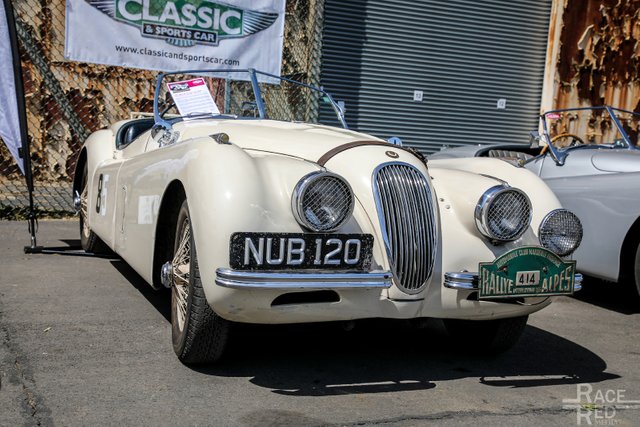
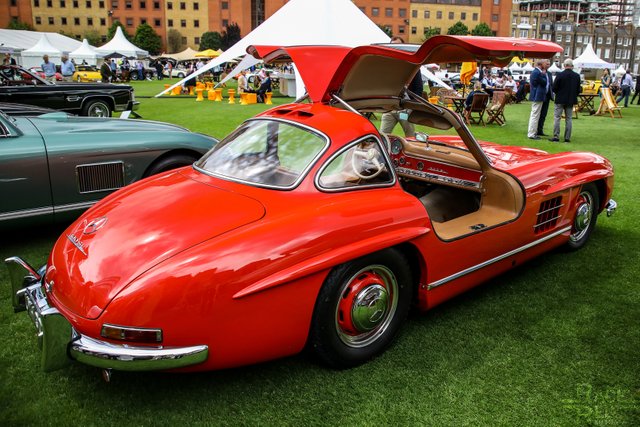
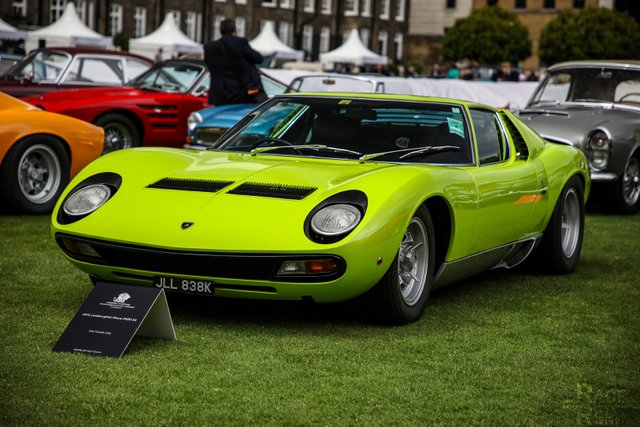

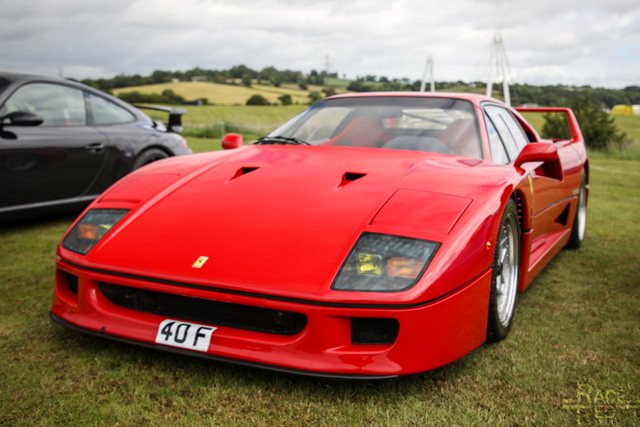

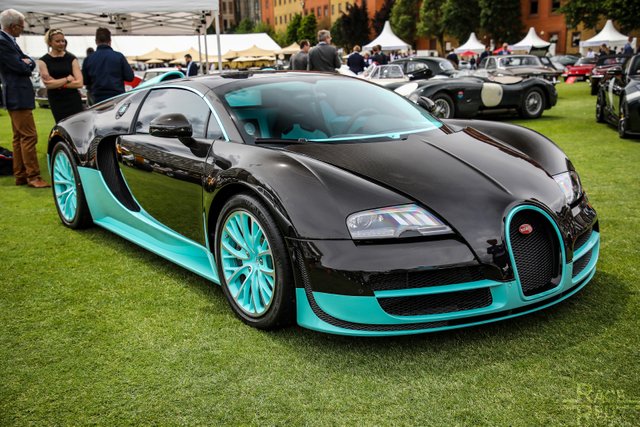




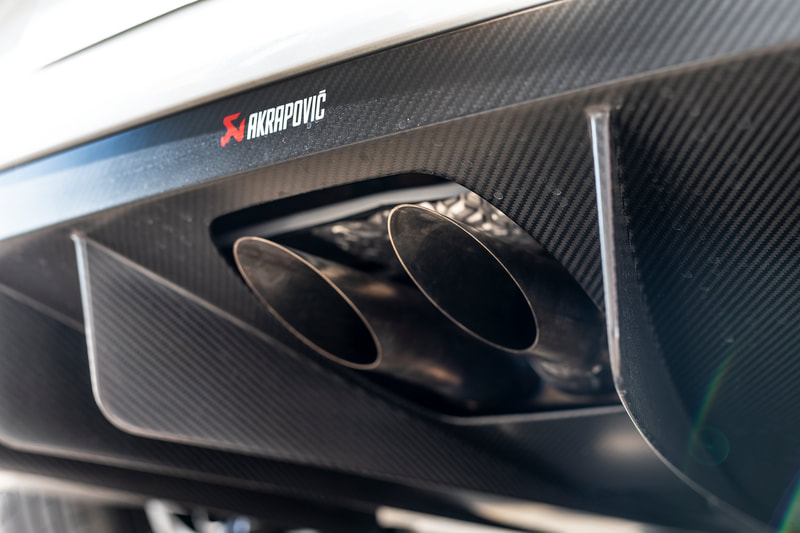

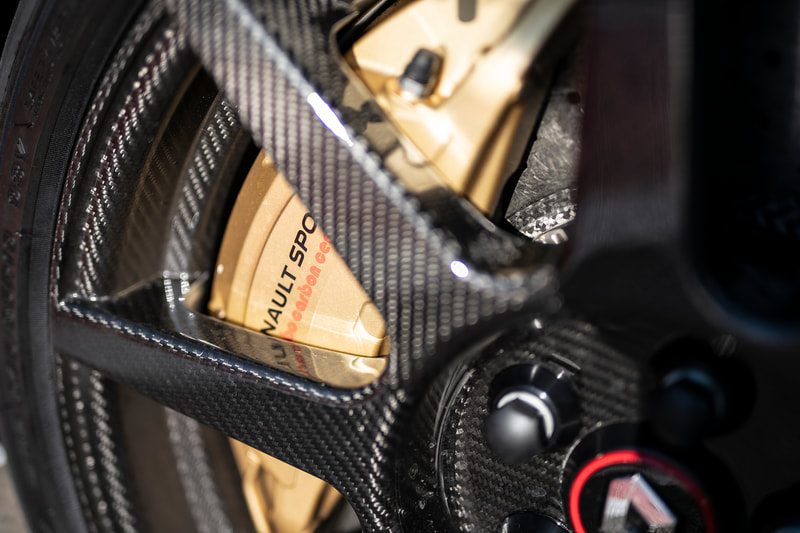
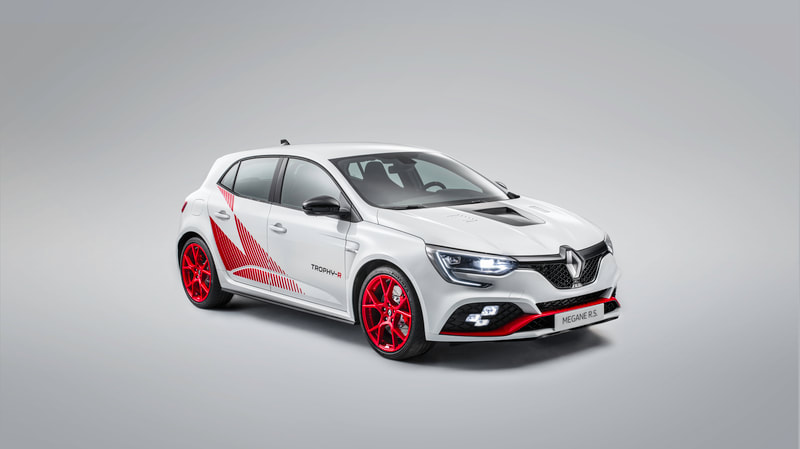


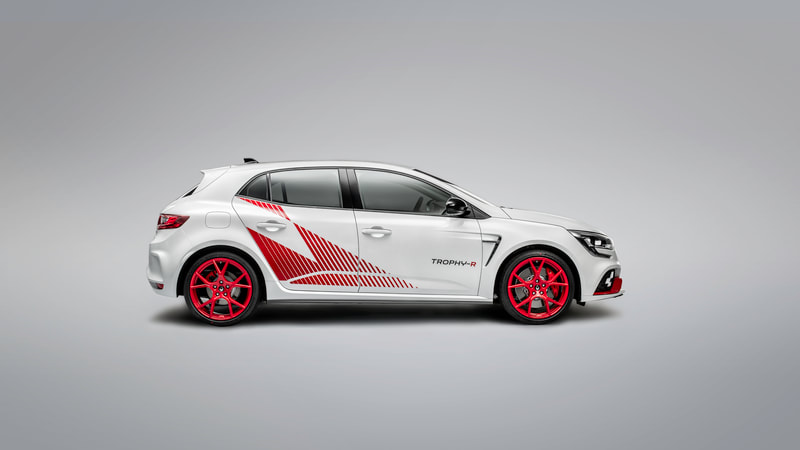

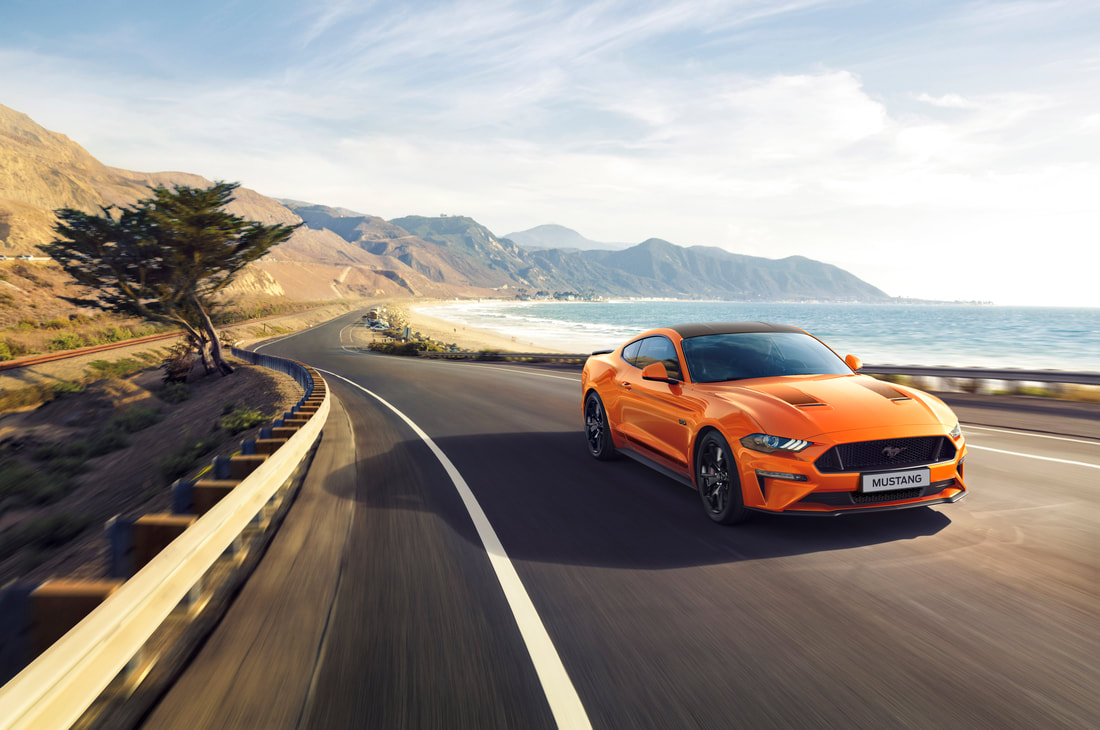








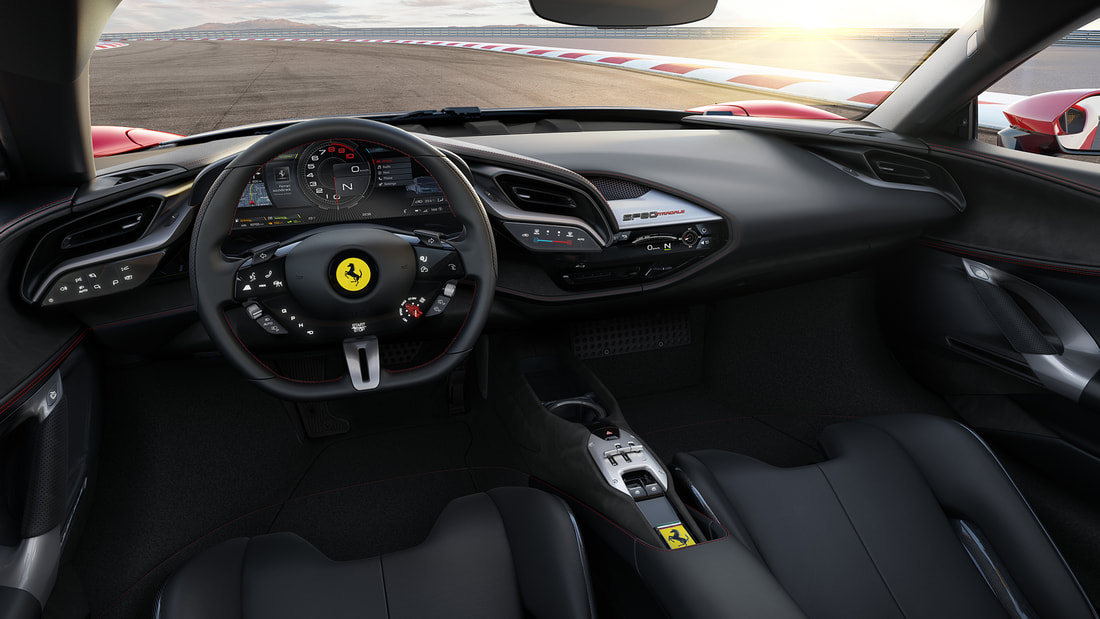

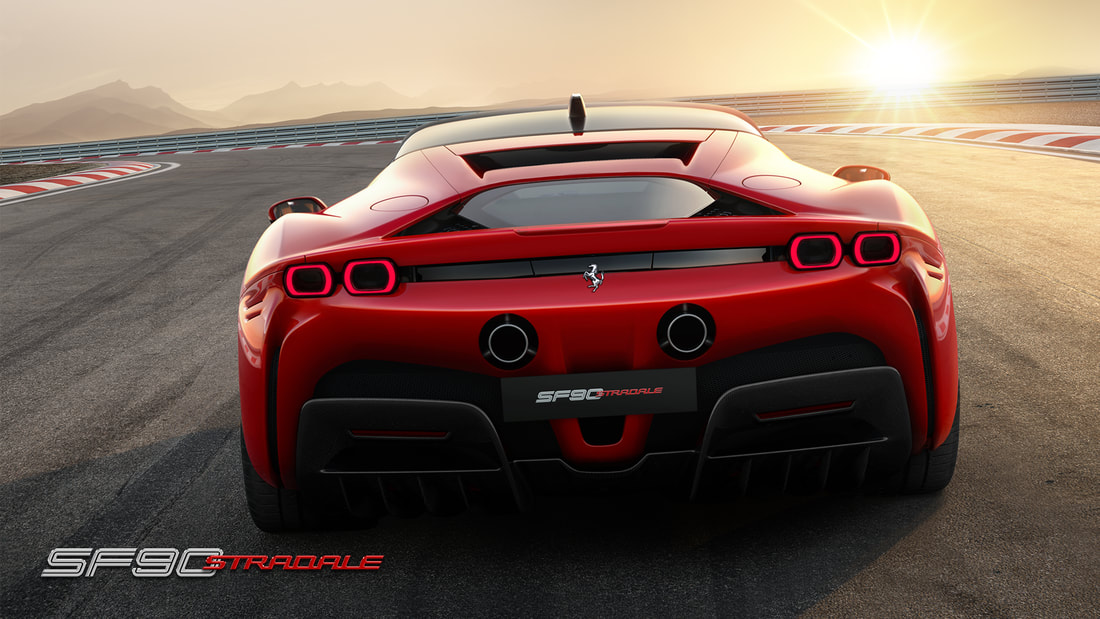


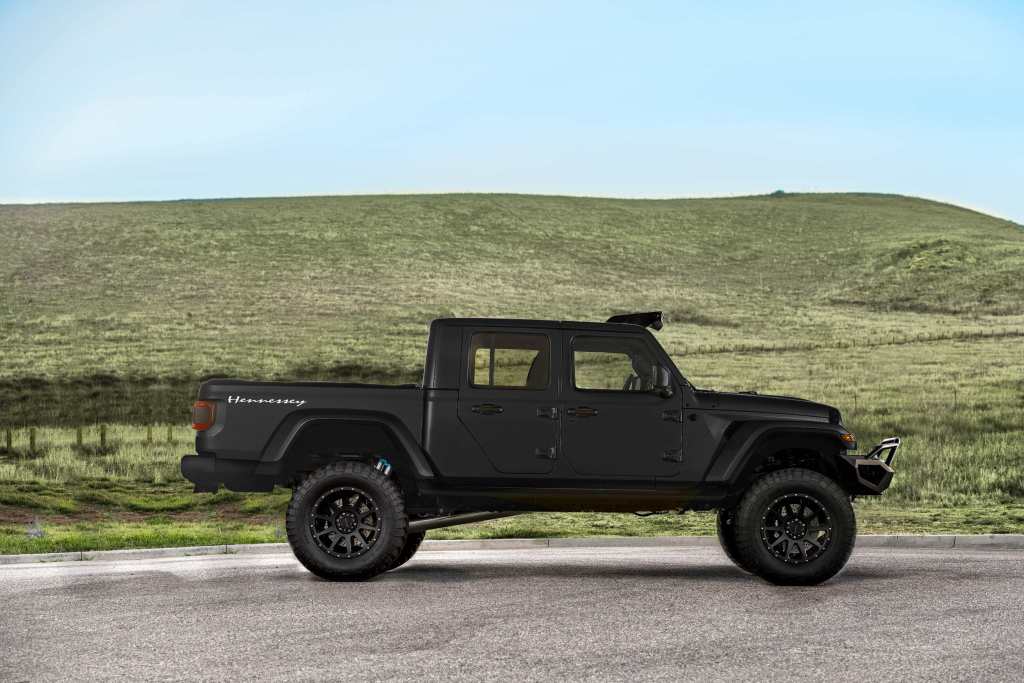

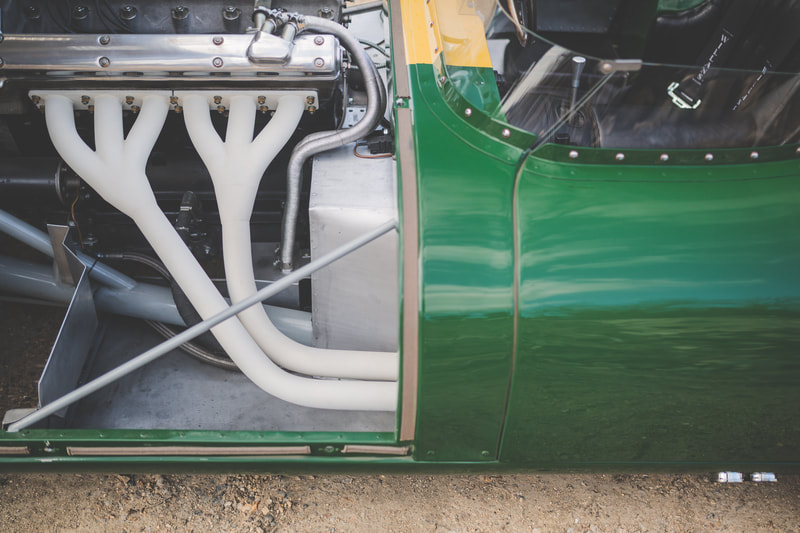


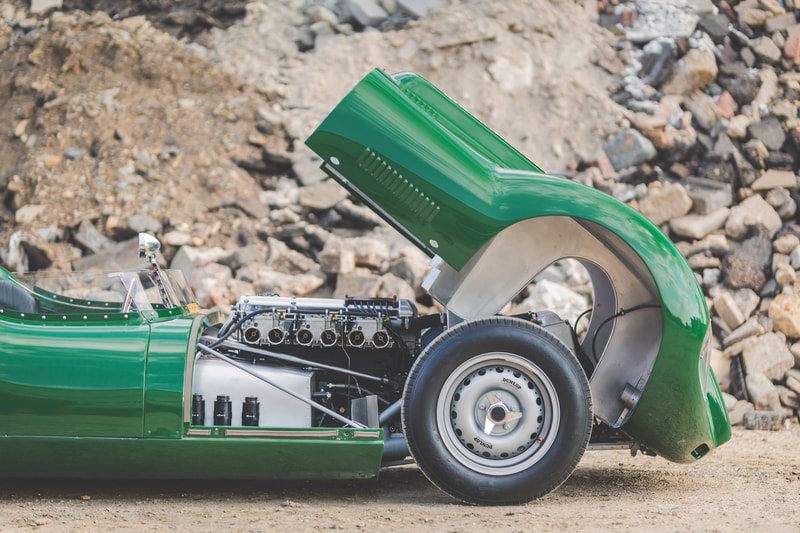


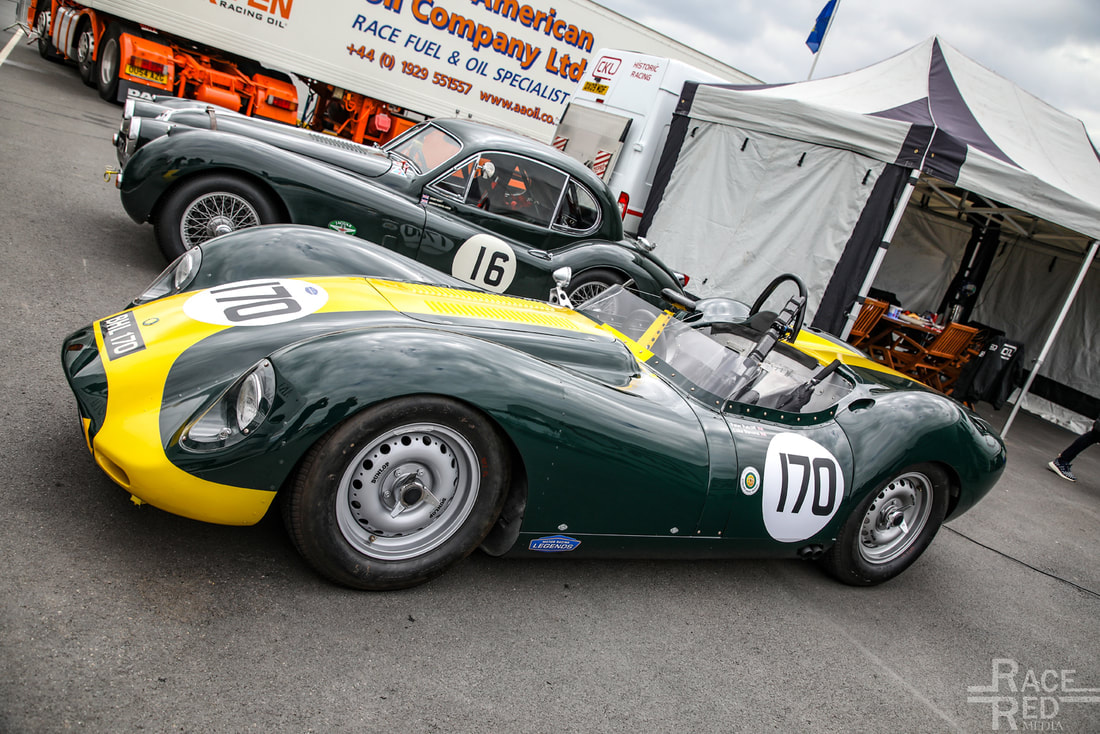
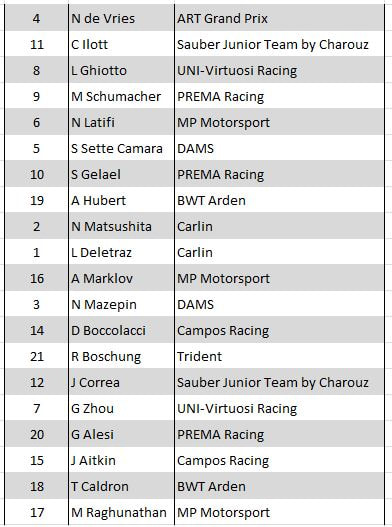
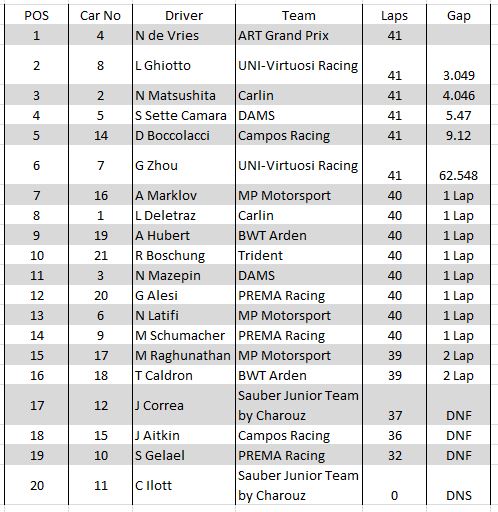

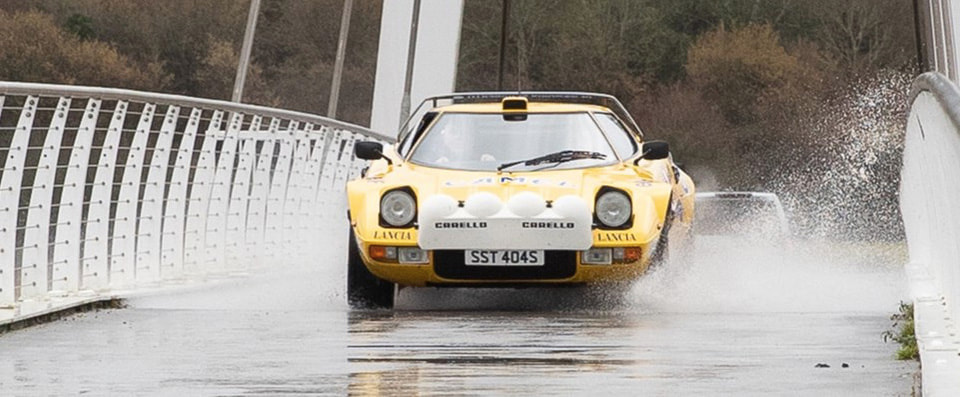
 RSS Feed
RSS Feed